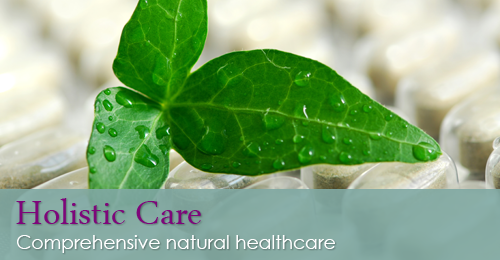Vitamin G Deficiency Symptoms
Vitamin G isn’t a term you’ll hear very much anymore. It’s actually an outdated name for riboflavin (also known as lactoflavin and vitamin B2), a micronutrient named for its intense gold color. The word riboflavin comes from “ribos” (a kind of sugar) and the Latin word “flavus” (which means yellow).
Riboflavin is an easily absorbed micronutrient that plays a key role in maintaining health in humans and animals. It is required for a wide variety of cellular processes and is very important in getting energy from the foods we eat. Studies have shown that riboflavin may play a role in the prevention and/or treatment of iron-deficiency anemia, carpal tunnel syndrome, cataracts, migraines and rosacea (a skin disease). And recent research has found that riboflavin is one of three vitamins involved in the regulation of circadian (daily) rhythms, because it helps to activate some light-sensitive cells in the retina of the eye and synchronize our daily biological rhythms with the light.
Riboflavin can also:
- Help protect cells from oxygen damage
- Support cellular energy production
- Help maintain your supply of other B vitamins
Deficiency
Riboflavin deficiency results in poor growth and other changes in the skin, eyes, liver and nerves. Deficiency generally causes eye-related problems in its early stages. Excess light sensitivity, tearing, burning, loss of clear vision and itching in and around the eyes can indicate deficiency. Sores on or around the lips, mouth and tongue, or peeling of the skin around the nose or – in men – the scrotum, can also be symptoms or riboflavin deficiency.
Because wheat flour is the primary source of riboflavin in a typical American diet, people on specialty diets where breads, grains and pastas are avoided may be at special risk for riboflavin deficiency. (Even though most riboflavin naturally found in whole wheat flour is removed during processing, the U.S. government, beginning in the 1940’s, started requiring processed wheat flour to be enriched with riboflavin, so enriched grains are still a great source of riboflavin.)
Toxicity
There is no reported upper limit to how much riboflavin you can have, and there are no reported symptoms of riboflavin toxicity. An excess of the micronutrient will simply be eliminated, and due to its intense color, can change your urine to bright yellow/gold.
Sources
Excellent sources of riboflavin include:
- Enriched whole grains
- Mushrooms
- Calf liver
- Spinach and romaine lettuce
- Asparagus
- Mustard, collard and turnip greens
- Broccoli
- Venison
- Eggs
- Milk*
Only small amounts of riboflavin are lost in cooking, but riboflavin is easily destroyed when exposed to light. *Milk stored in glass and exposed to light loses much of its riboflavin content, so store your milk in opaque plastic jugs or paper cartons to protect the riboflavin in the milk.



